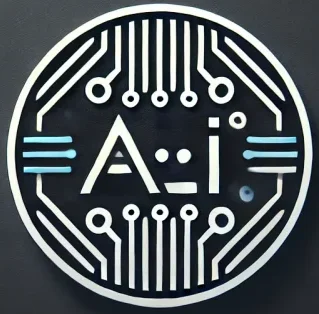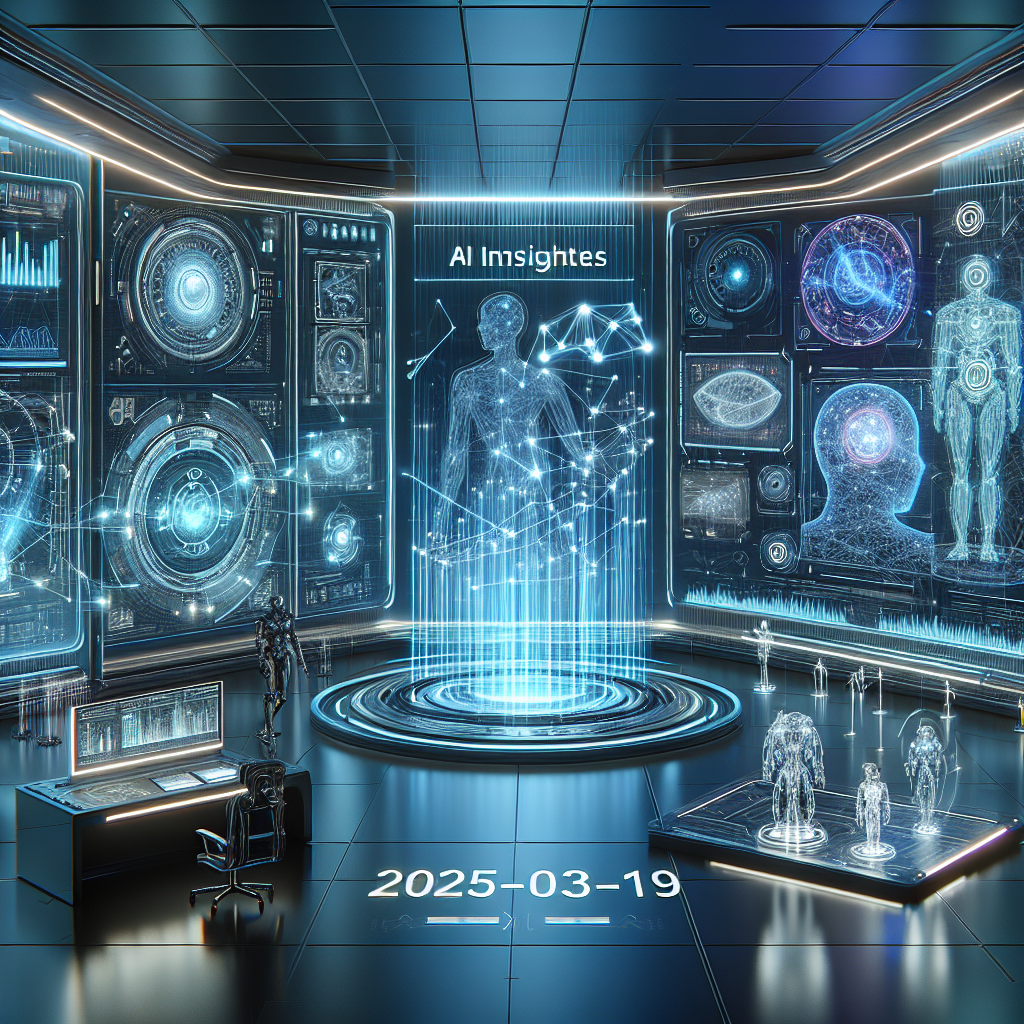# The Rise of Generative AI: Transforming Creative Industries
In the bustling realm of artificial intelligence, a new star is rising — **Generative AI**. This cutting-edge technology is not just enhancing existing processes but is revolutionizing the way we create and think about art, music, literature, and more. From generating realistic images from textual descriptions to composing music and writing stories, Generative AI is proving to be a game-changer in the creative world.
### **What is Generative AI?**
Generative AI refers to a type of artificial intelligence that can generate new content based on the data it has been trained on. It uses techniques like machine learning and neural networks to produce outputs that can sometimes be indistinguishable from human-generated content. This technology is not just automating routine tasks but is stepping into realms that were once considered solely human domains: creativity and artistry.
### **Real-World Examples of Generative AI at Work**
To truly grasp the impact of Generative AI, let’s explore some compelling applications in various industries:
– **Art and Design**: Tools like DALL-E and Artbreeder allow users to create complex images and artworks from simple textual descriptions. These tools have been used to design everything from novel cover art to marketing materials and fashion items.
– **Music**: AI-driven platforms like Amper Music and AIVA are enabling users to compose music without extensive knowledge of musical theory. These platforms can produce music for videos, games, and even perform alongside human musicians in concerts.
– **Writing and Journalism**: AI such as GPT-3 has been used to write articles, poetry, and even books. Publications like The Guardian have experimented with AI to write entire articles, exploring the potential of AI as a tool in journalism.
– **Film and Animation**: AI is being used to script short films and even assist in animation. For instance, the short film ‘Sunspring’ was scripted entirely by an AI, showcasing the potential for AI in screenplay writing and filmmaking.
### **Benefits of Generative AI**
– **Efficiency and Speed**: AI can generate content faster than most humans, providing an invaluable tool for meeting tight deadlines and handling large volumes of work.
– **Cost Reduction**: By automating part of the creative process, companies can save on labor costs and redirect resources to other critical areas.
– **Enhanced Creativity**: AI can produce a wide range of ideas and styles, helping human artists and creators to explore new creative pathways that they might not have considered otherwise.
### **Challenges and Considerations**
Despite its impressive capabilities, Generative AI also poses several challenges:
– **Ethical Concerns**: The use of AI in creative processes raises questions about originality and the ethical implications of AI-generated art.
– **Job Displacement**: As AI tools become more prevalent, there is a concern about the displacement of jobs in creative industries.
– **Quality and Uniqueness**: While AI can generate content, the emotional depth and understanding of human-created art are hard to replicate.
### **The Future of Generative AI**
Looking ahead, the trajectory for Generative AI is steeply upward. With advancements in technology, we can expect:
– **Greater Integration**: As AI becomes more sophisticated, its integration into creative workflows will become more seamless and intuitive.
– **New Forms of Art**: Generative AI will likely give rise to new art forms and styles, potentially creating new markets and opportunities within creative industries.
– **Collaborative AI**: Future developments will likely focus on AI as a collaborative tool that augments human creativity rather than replacing it.
### **Conclusion**
Generative AI is setting the stage for a major shift in how we perceive and create art. As we stand on this brink of innovation, it is crucial for creators, consumers, and regulators to engage with these technologies responsibly and imaginatively.
**Call to Action**: For those in creative industries, now is the time to start exploring the possibilities of Generative AI. Experiment with these tools, consider the implications, and think about how they can enhance your creative expression. The future is here, and it is filled with endless possibilities — let’s embrace it creatively!
In this exciting era, keeping an open mind and staying informed about new developments will be key to leveraging the full potential of Generative AI. Dive in, experiment, and be part of shaping the future of creativity!

